Rhodometra sacraria
(Linnaeus, 1767)
-
 Subfamily: Sterrhinae, Sterrhini
Subfamily: Sterrhinae, Sterrhini -
 Wingspan: 22-28 mm
Wingspan: 22-28 mm -
 Flight period: Apr - Oct
Flight period: Apr - Oct -
 Spread: Common
Spread: Common -
 Host plants: Polyphagous
Host plants: Polyphagous
Information
The Rhodometra sacraria also known as Vestal is a moth of the Geometridae family, subfamily Sterrhinae, with a wingspan of 22-28 mm,
although the last generations are smaller with dimensions of 16-26 mm.
It is distributed in almost all of Europe, it is absent from Russia, Belarus, Lithuania and Latvia.
In Italy it is also present in the islands. *
Its range extends to the hot areas of Asia and Africa.
The wings of Rhodometra sacraria vary from faded yellow to cream with a narrow pink or brown band usually depending on sex (pink males brown females
even if it is often not decisive), which starts from half of the anal vein, of the anterior wing,
up to the apex of the same; the first part of the costa has the same color as the strip described. The hind wings are also cream colored but much lighter than
to the fore wings almost to become white.
Exposure to high or low temperature in the pupal state produces the color variation of the adult moth, giving a
pink tinge to the ground color of the wings (f. sanguinaria) .
The head and the thorax have the background color of the wings and the abdomen has the same color but faded.
In Italy this moth is polyvoltine and flies from April to the end of October. Characteristic of this species is the resting position on the blades of grass, reminiscent of a field tent.
This moth is attracted to artificial light; it winters in the various stages according to the latitude. ***
Sexual dimorphism is given, as in many Geometridae , by the shape of the bipectinate antennae in males and filiform in females.
The eggs are ovoid, pink / reddish, knurled. **
Caterpillars mimic twigs and therefore are quite difficult to locate. They are thin and reach a length of about 25 millimeters.
The base color is light brown or green, with a whitish underside.
Green forms usually show an uneven dark brown or reddish streak across the back. The head is reddish-brown and relatively small.**
The pupa is light green or brown / ocher with brown spots and spots, the area of the Cremaster and the wings slightly darker.**
The larva feeds on Polygonaceae such as Polygonum and Rumex, but also on Anacardiaceae such as Rhus and on Asteraceae such as Anthemis and Taraxacum officinalis.
It has also been reported on Rosaceae and Chenopodiaceae. ***
* Lepidoptera mundi https://lepidoptera.eu/ - Fauna Europea https://fauna-eu.org/
** Bestimmungshilfe für die in Europa nachgewiesenen Schmetterlingsarten - http://lepiforum.de/
*** Roland Robineau, Guide de papillons nocturne de France, Delachaux et Niestlé, 2011 p.46

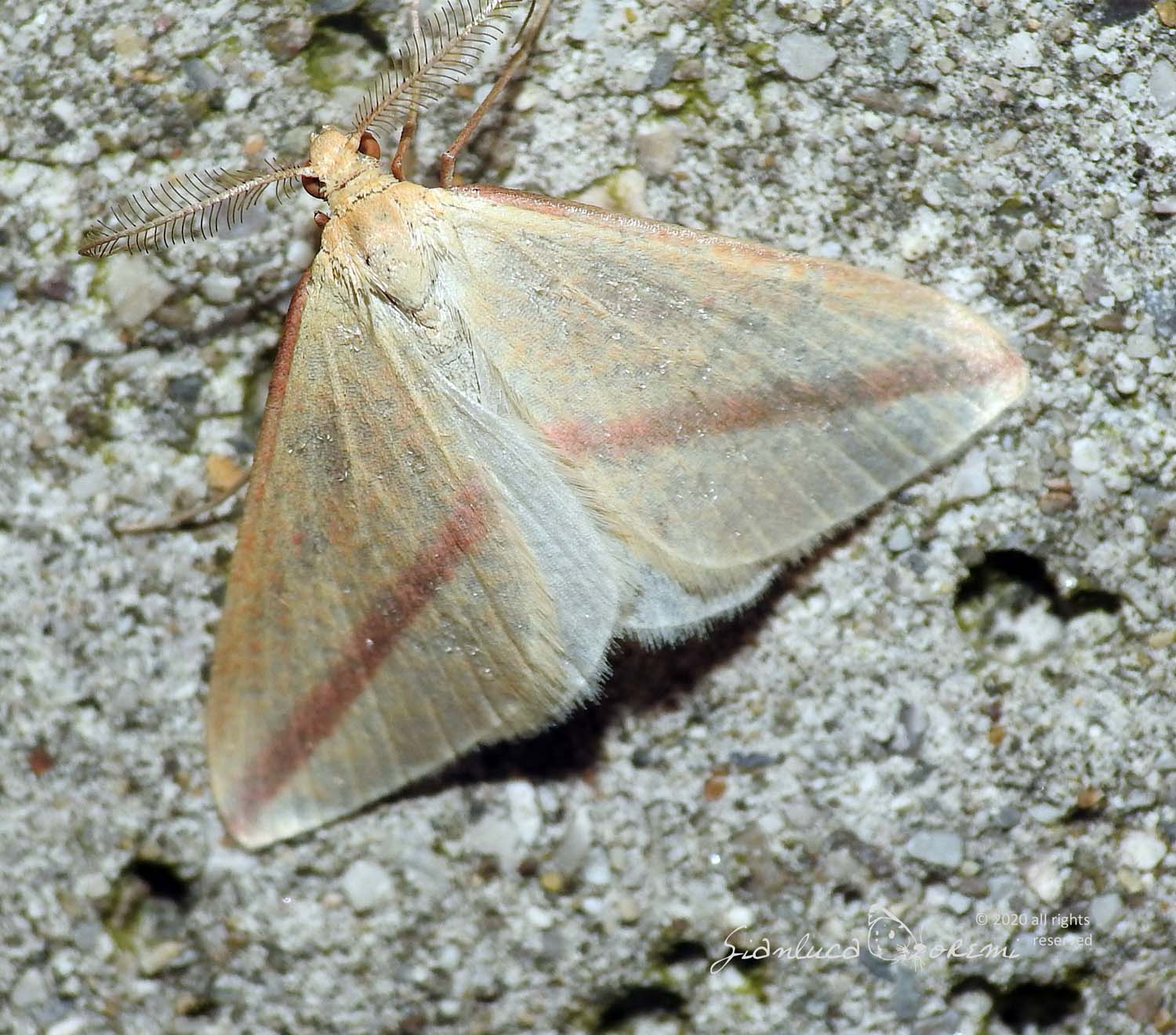


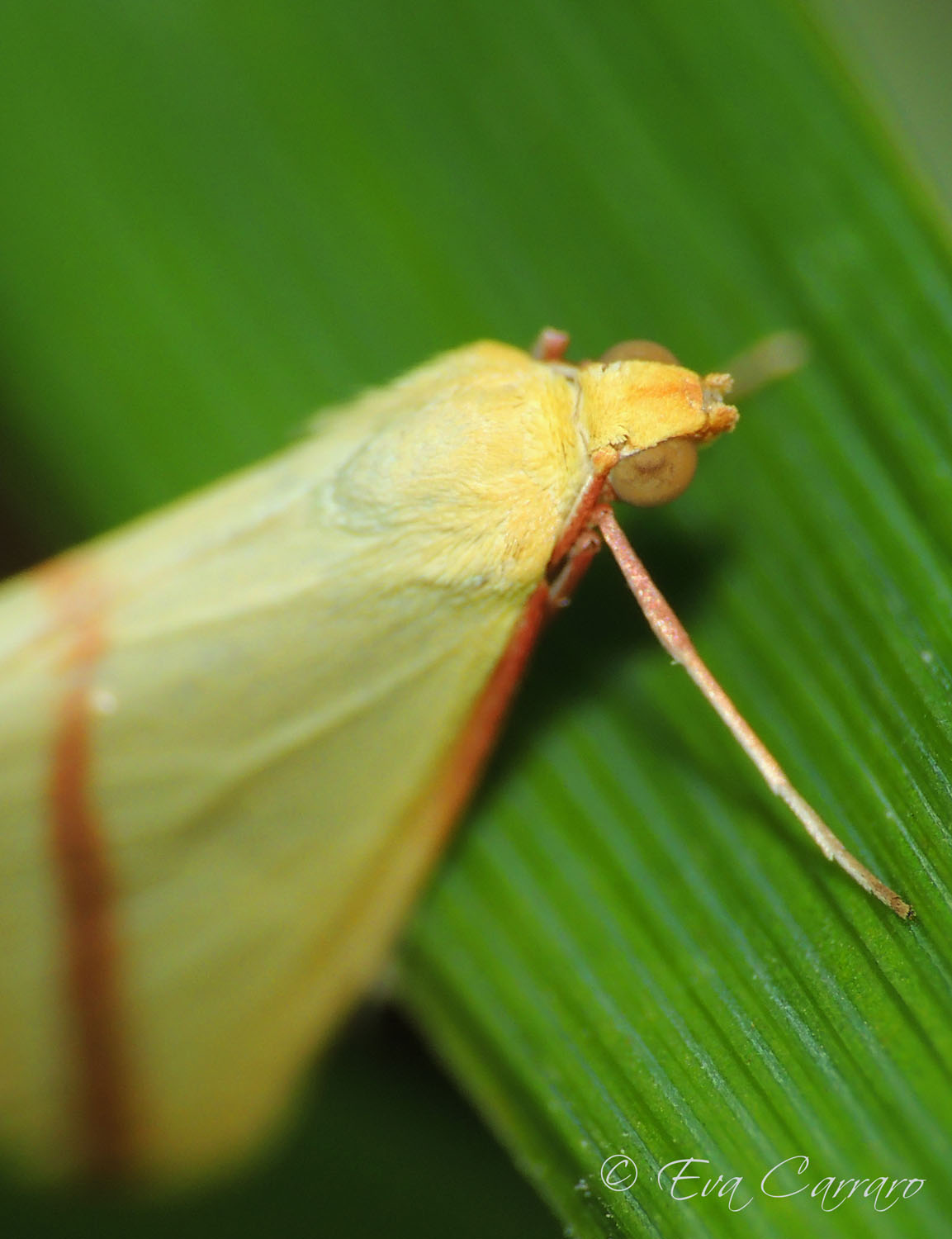
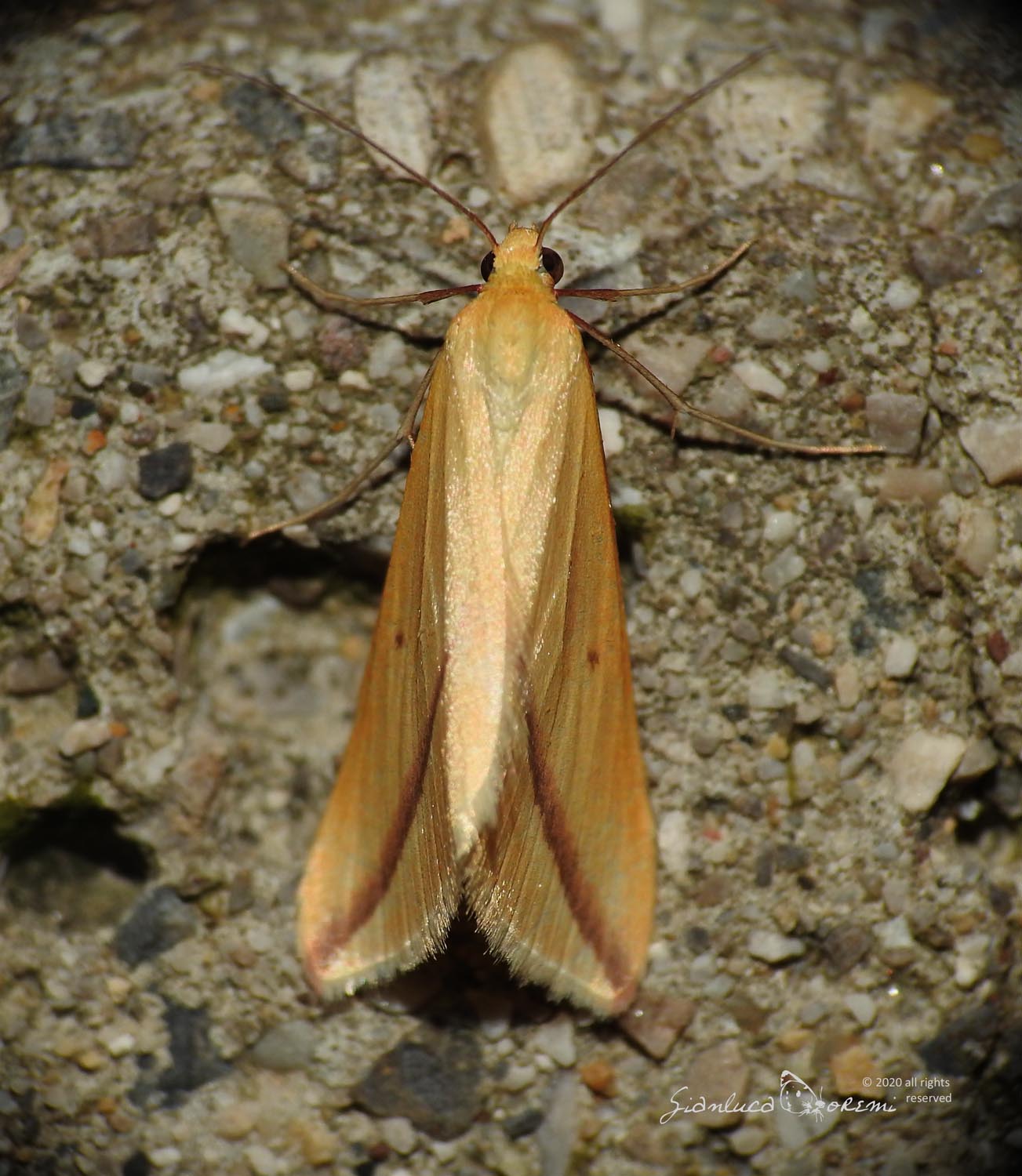
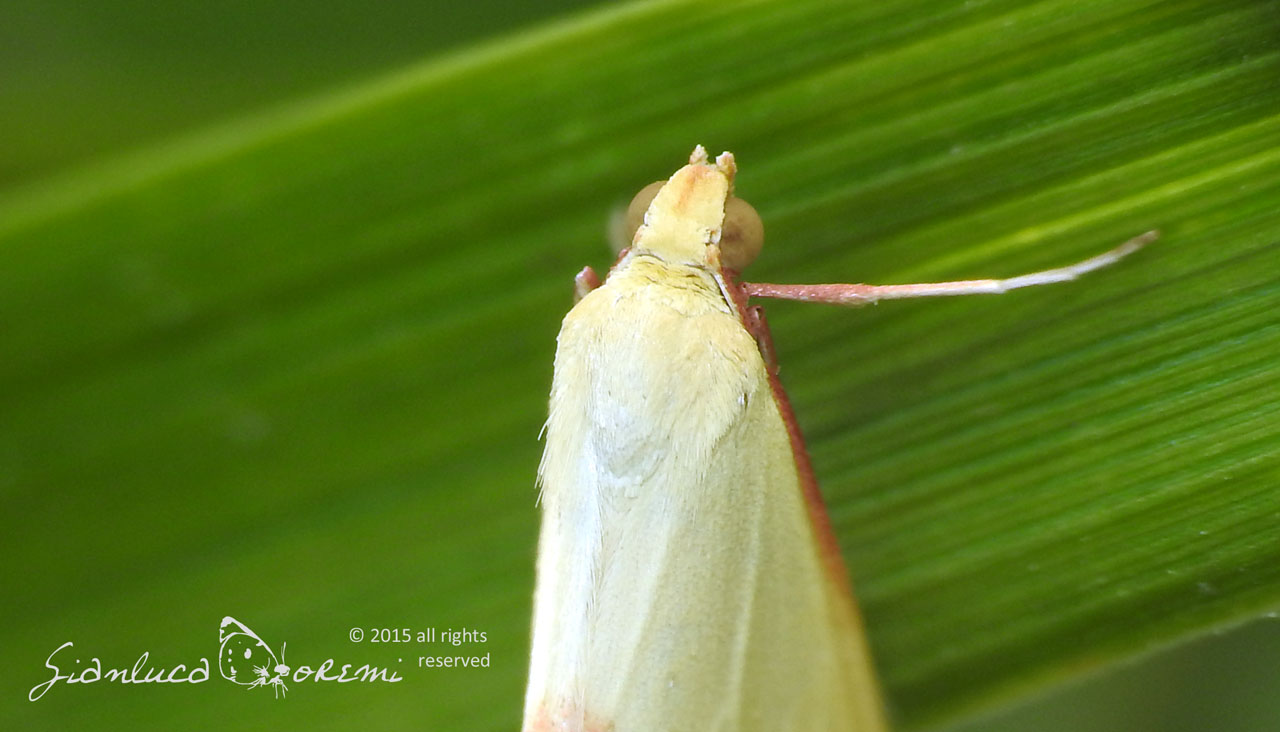
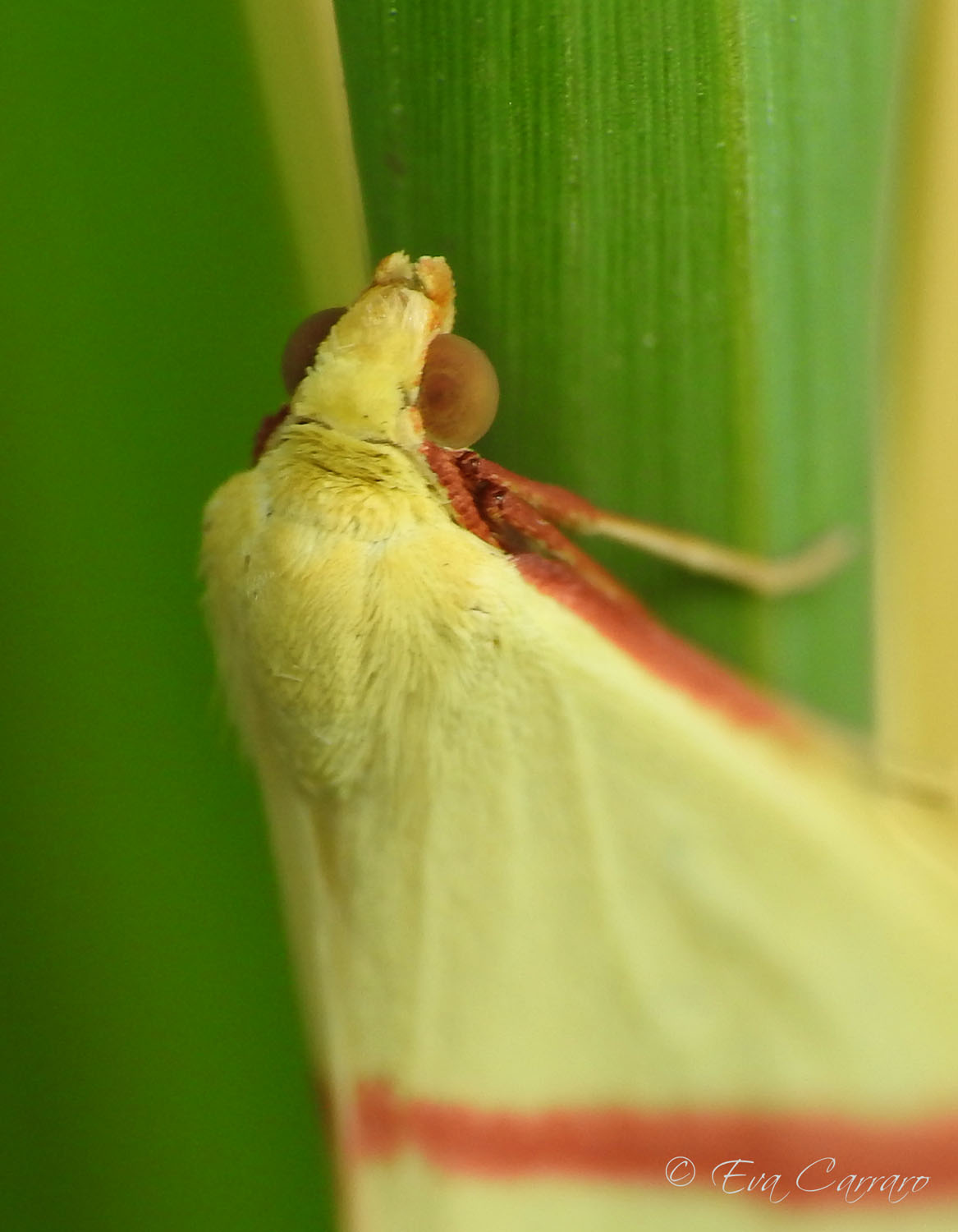
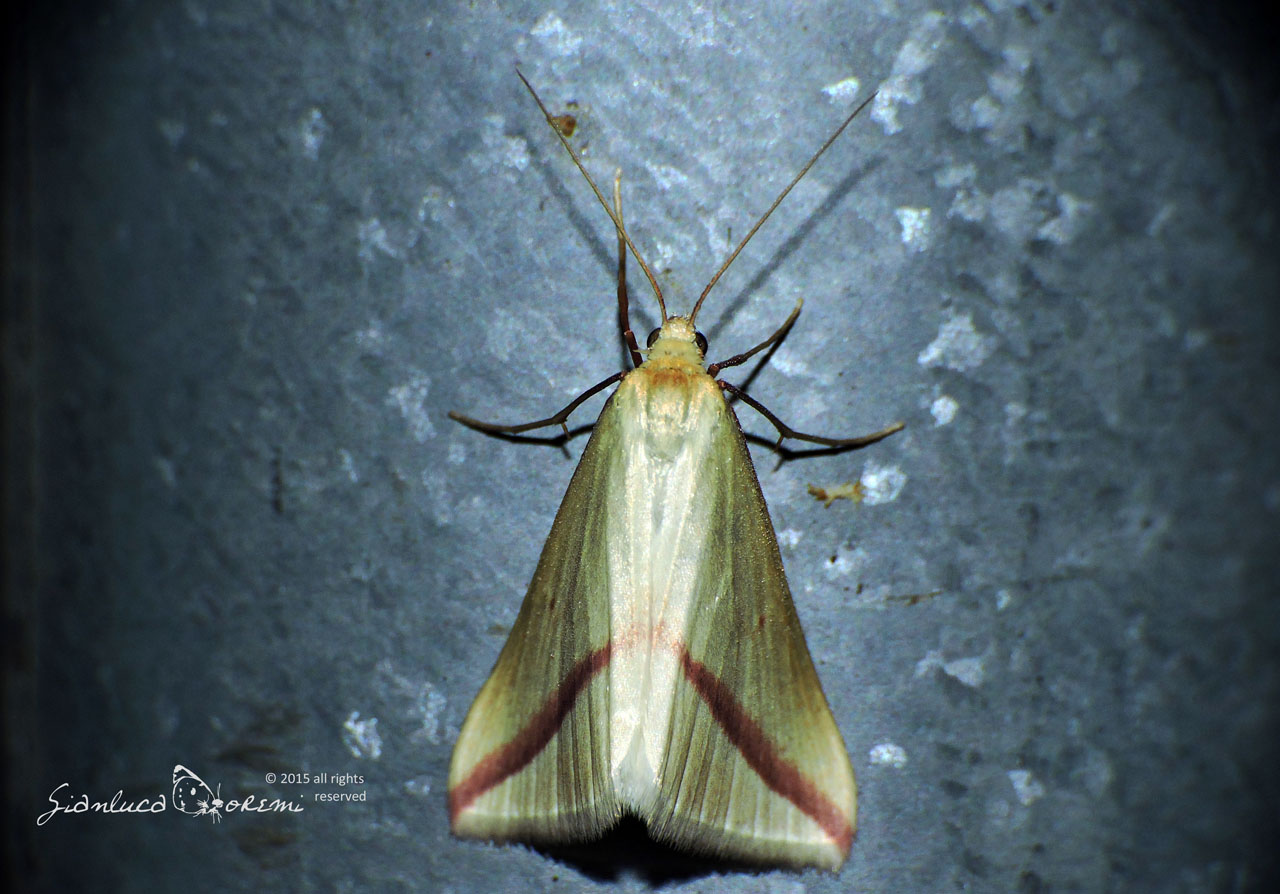

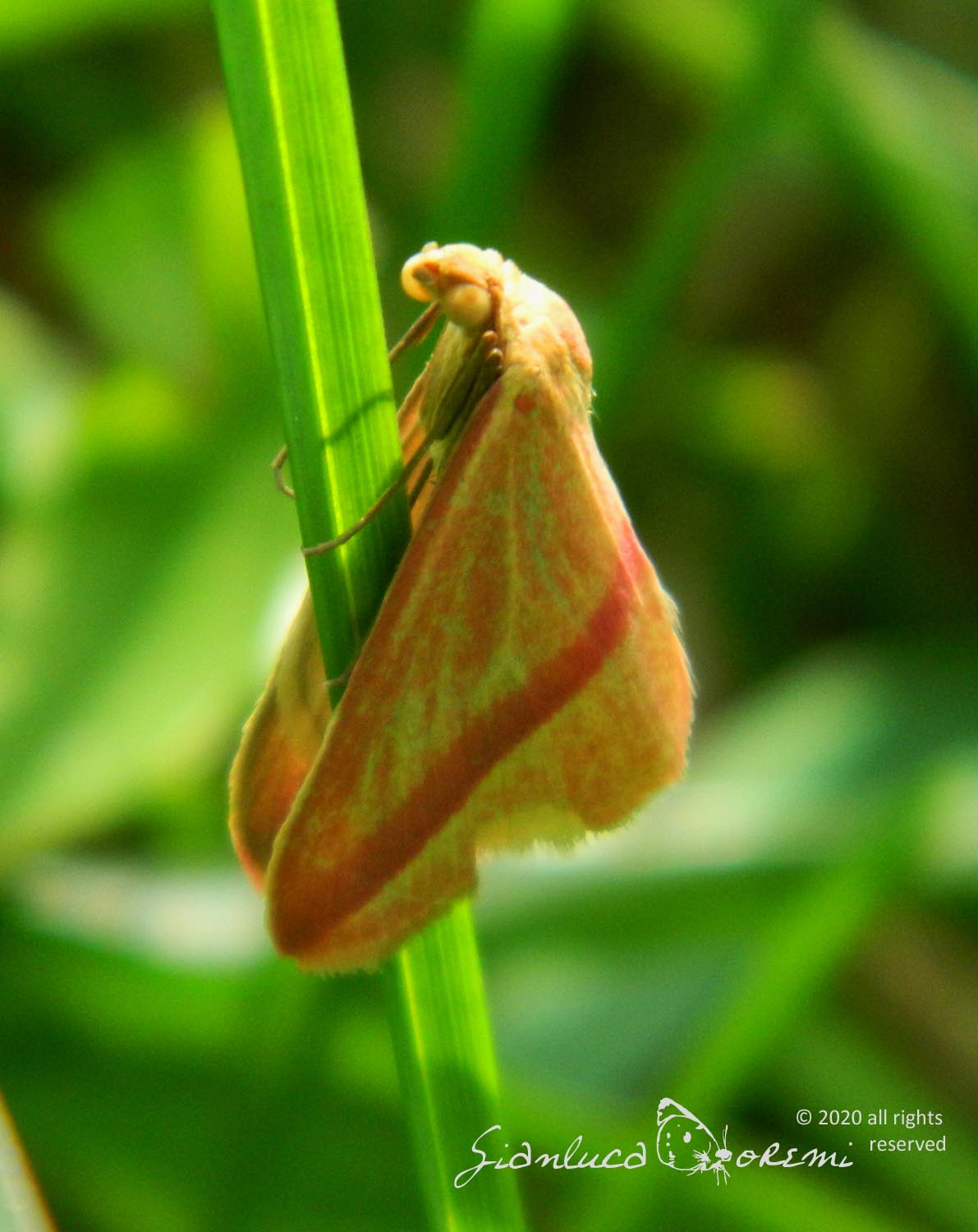
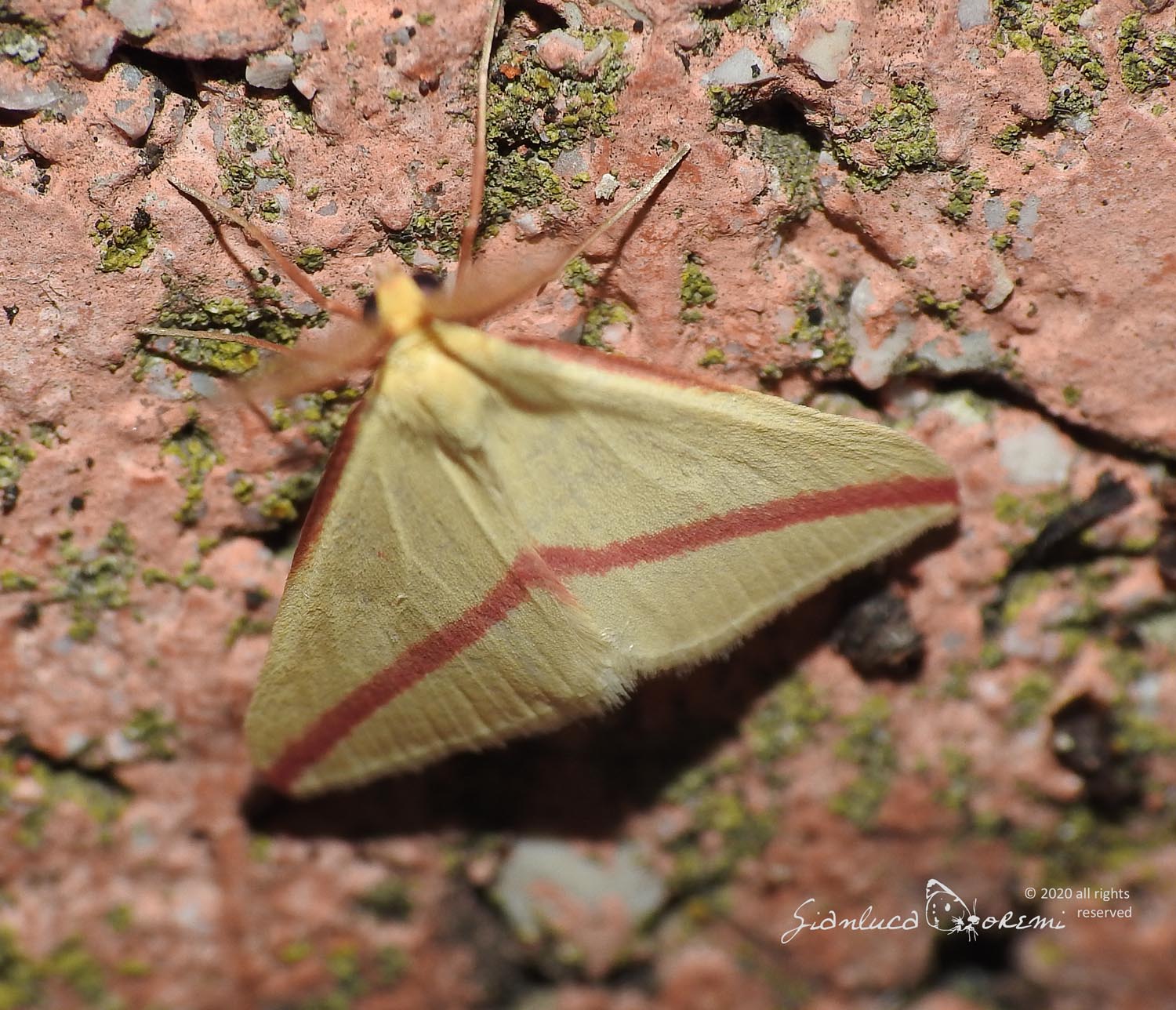
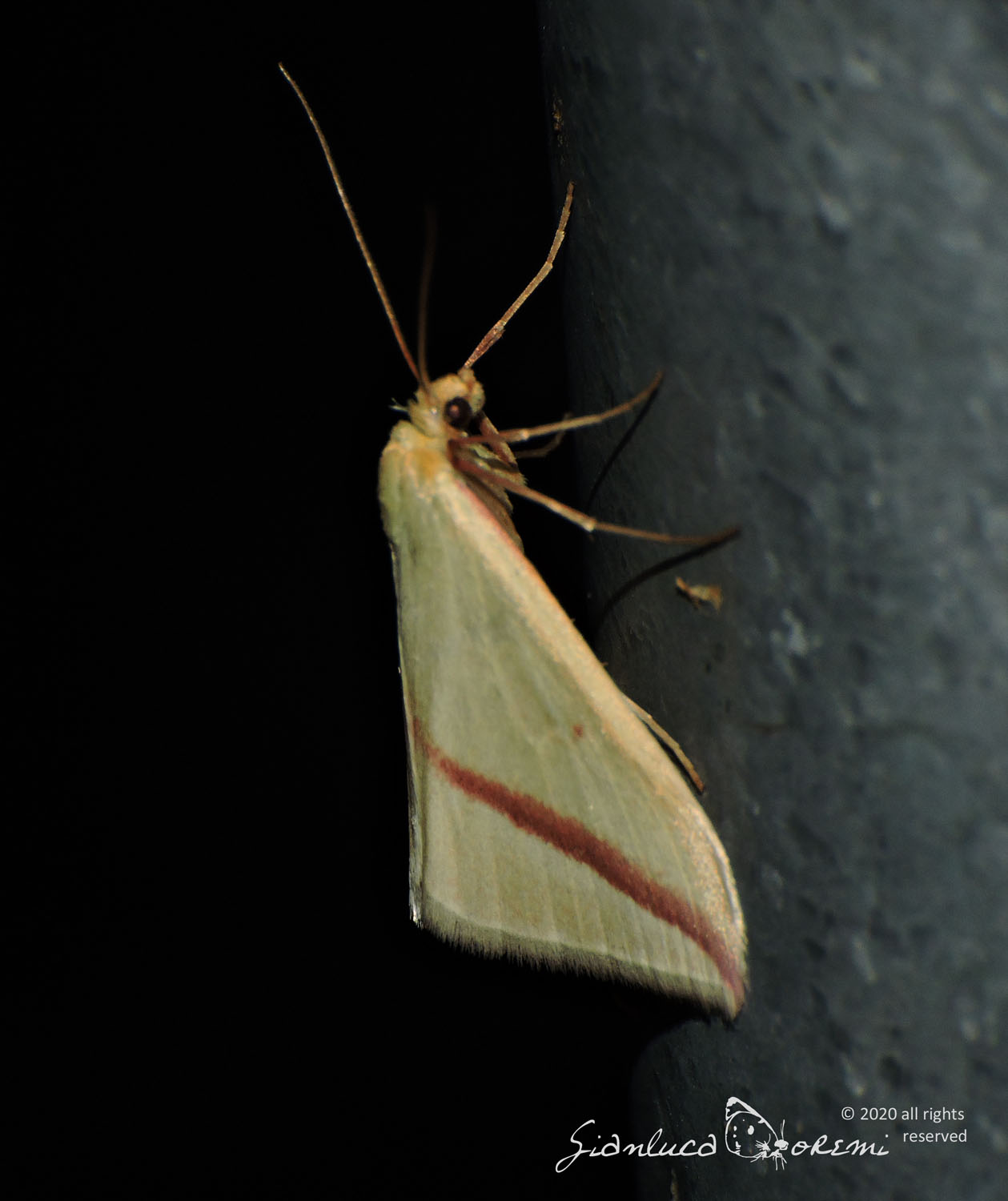
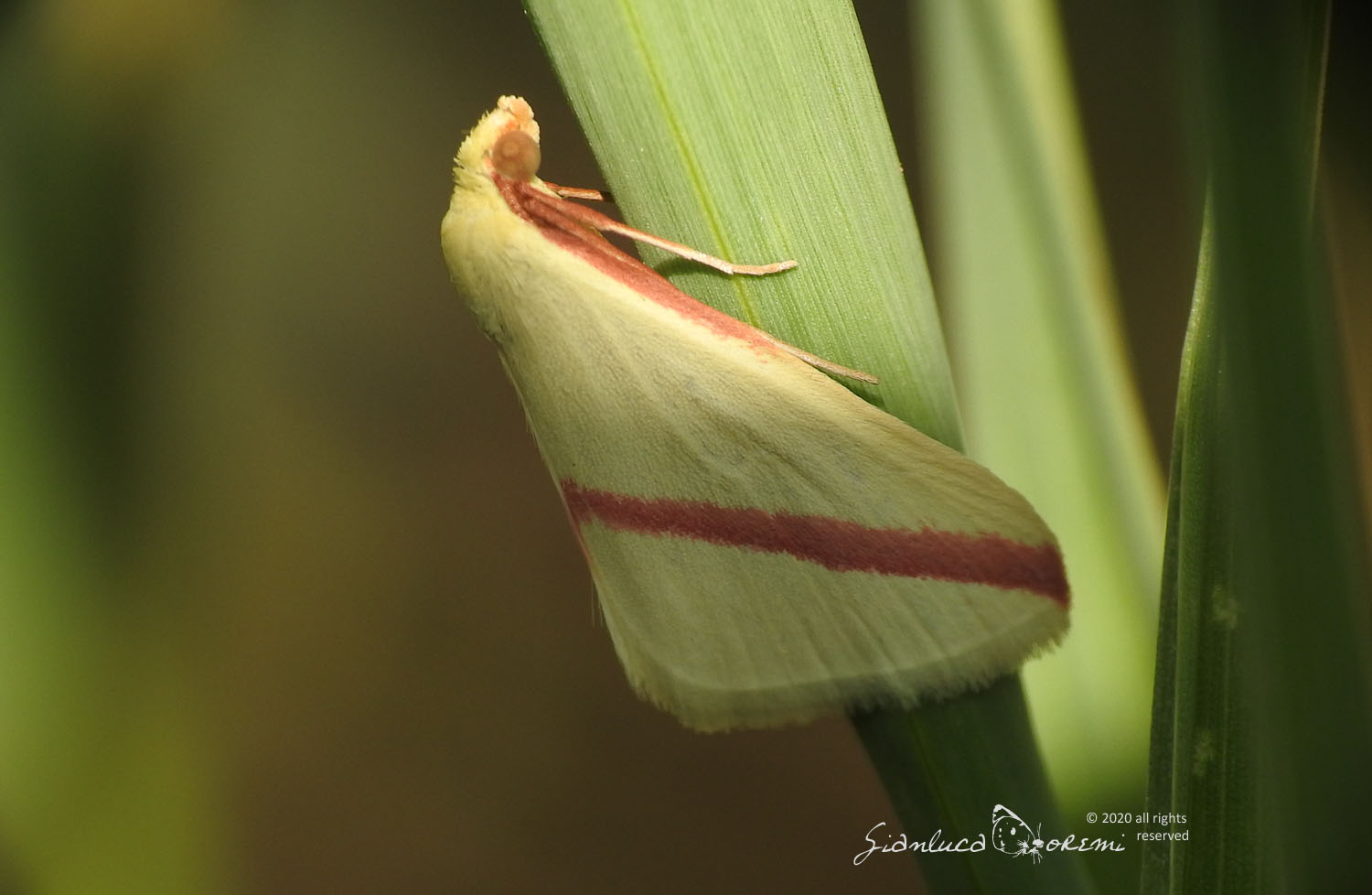

 EN
EN ITA
ITA
Social and publications